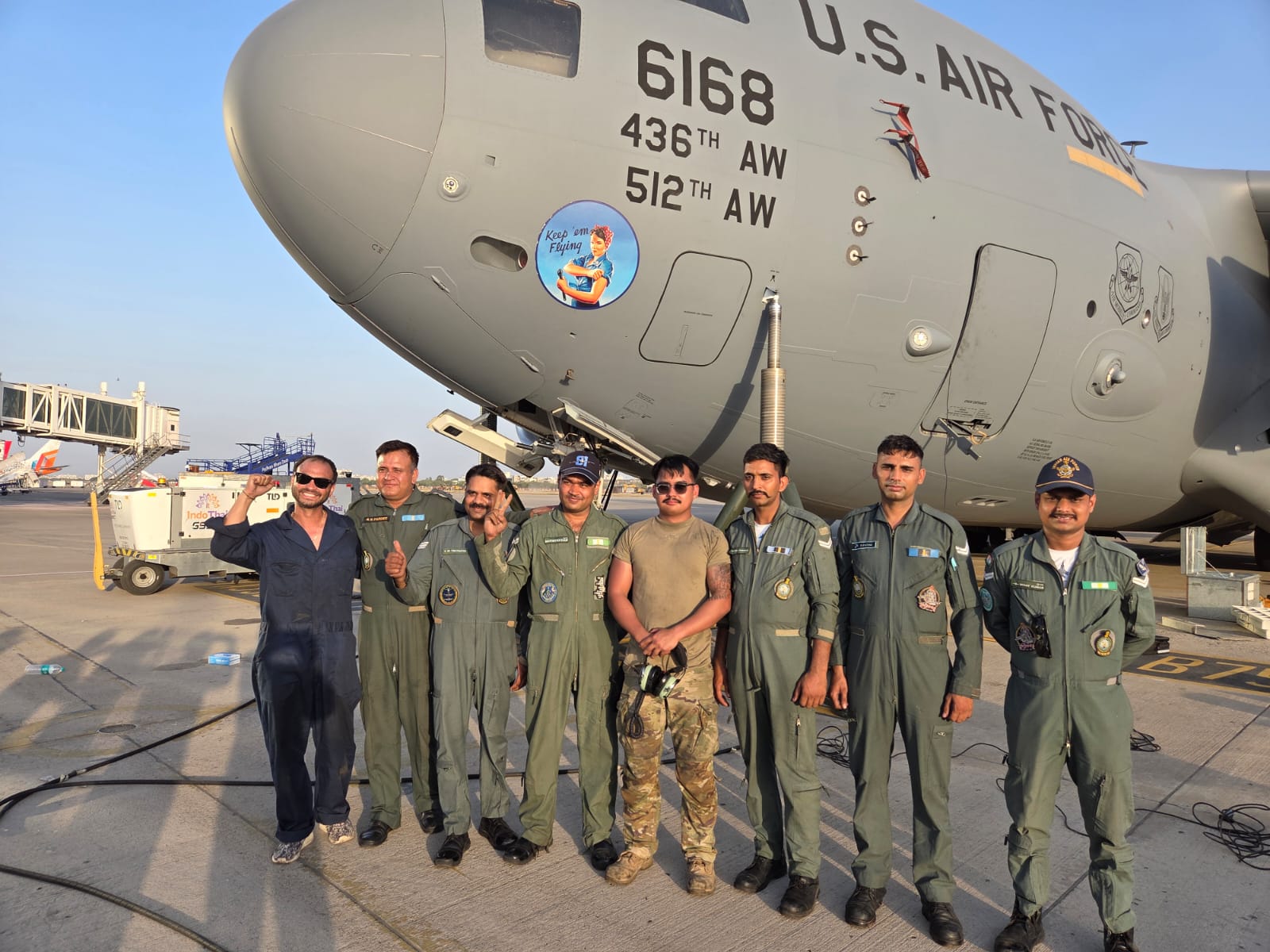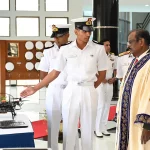In a notable demonstration of international defense collaboration, the Indian Air Force (IAF) and the United States Air Force (USAF) successfully resolved a technical issue on a USAF C-17 Globemaster III at the Jaipur air base. The joint effort, carried out on Saturday, not only restored the aircraft to operational status but also reinforced the growing strategic partnership and trust between the two militaries.
The C-17 Globemaster III, a high-capacity military transport aircraft developed by Boeing, encountered a technical snag shortly after landing in Jaipur during a scheduled operation. Responding promptly, the Indian Air Force mobilized a team of technical specialists to assist the visiting U.S. crew in troubleshooting the issue. The operation included diagnostics, repair coordination, and the rapid deployment of essential maintenance equipment, all of which were executed under existing bilateral defense protocols.
This collaborative repair effort exemplifies the seamless coordination between the two air forces, made possible by years of growing military cooperation and technical understanding. The ability to address such challenges together highlights the operational readiness and interoperability both nations have developed through joint training programs, liaison officer exchanges, and defense logistics agreements.
The C-17 aircraft is central to both nations’ strategic airlift capabilities. It is designed to transport troops, heavy cargo, and vehicles over long distances and is equally suited for airdrop missions, humanitarian assistance, and disaster response operations. The Indian Air Force’s fleet of 11 C-17s is operated by No. 81 Squadron, known as the Skylords, based at Hindon Air Force Station near Delhi. Since their induction beginning in 2010 through the U.S. Foreign Military Sales (FMS) program, these aircraft have been crucial in India’s high-altitude deployments to regions like Leh and Ladakh, international evacuations, and support operations in crisis-hit countries including Nepal, Tajikistan, Yemen, and Rwanda.
The United States has long recognized India as a key partner in the Indo-Pacific region, and such operational interactions reflect the maturity of the bilateral defense relationship. The sale of an additional C-17 to India in 2017, along with continued high-level engagements, such as participation in multilateral exercises like Yudh Abhyas and Cope India, further cement the close ties between the armed forces of both countries.
Defense officials from India and the U.S. hailed the Jaipur operation as a prime example of the strength and reliability of Indo-U.S. military cooperation. They emphasized that beyond the technical resolution, such joint efforts build trust, enhance mutual understanding, and ensure that both air forces remain capable of responding swiftly to strategic and humanitarian needs across the region.
This successful resolution of the C-17 issue underscores the practical benefits of defense interoperability and reinforces the broader objective of maintaining peace, stability, and readiness in the Indo-Pacific. As both nations continue to align their strategic goals and expand defense collaboration, such operations serve as building blocks for a resilient and responsive military partnership.













